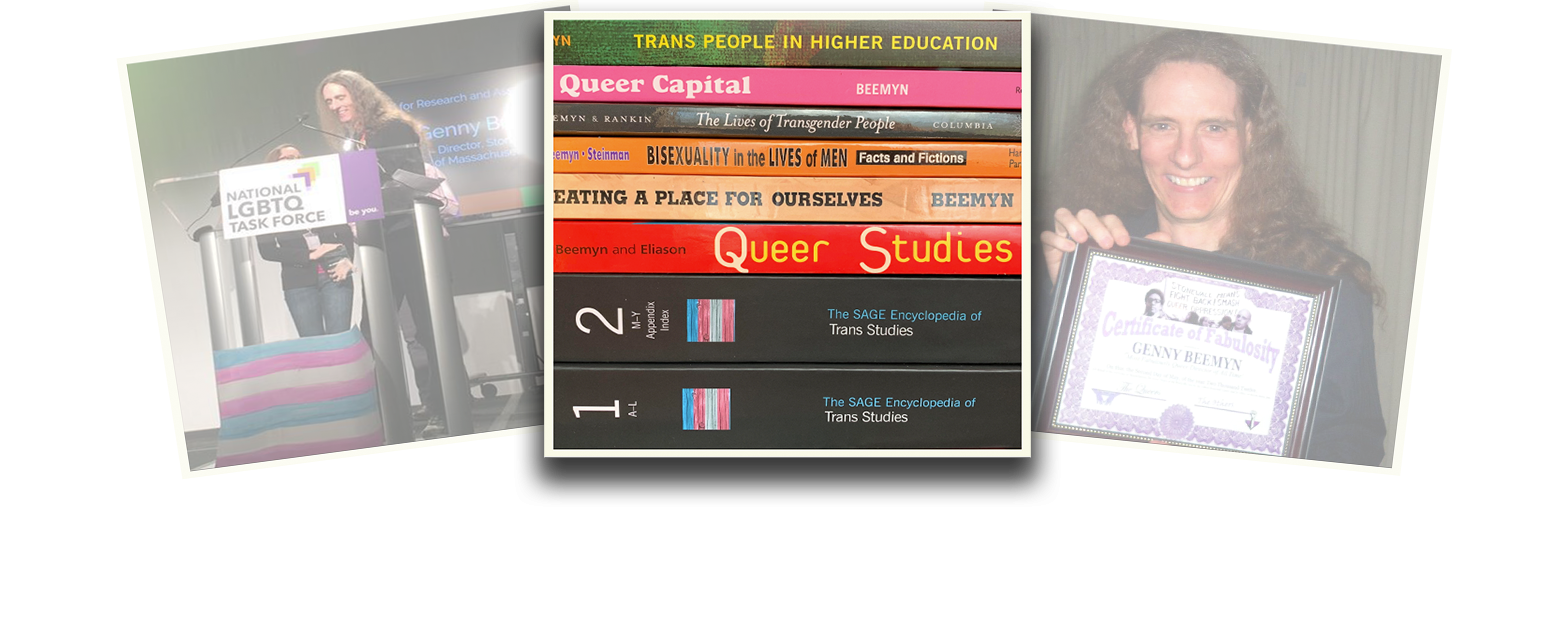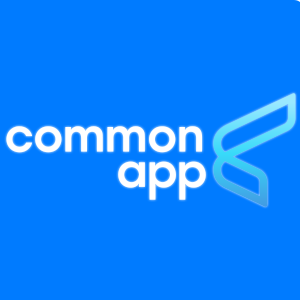// NOTE //
The header above is the page title. It DOES NOT appear on the page, but is necessary for the file system of the site and for the menu. The header below this note does appear.
If there are two identical headers below: They display on screens of different sizes. The first one displays ONLY on screens with a width of 600px or more. The second one displays ONLY on screens with a width of 600px or less. It can be used to create manual line breaks to avoid the automatic line breaks the website would otherwise make. Don’t delete them or no header will appear!
(This note itself is set to Display:None so it will not show up when viewing the live page.)
//END NOTE//
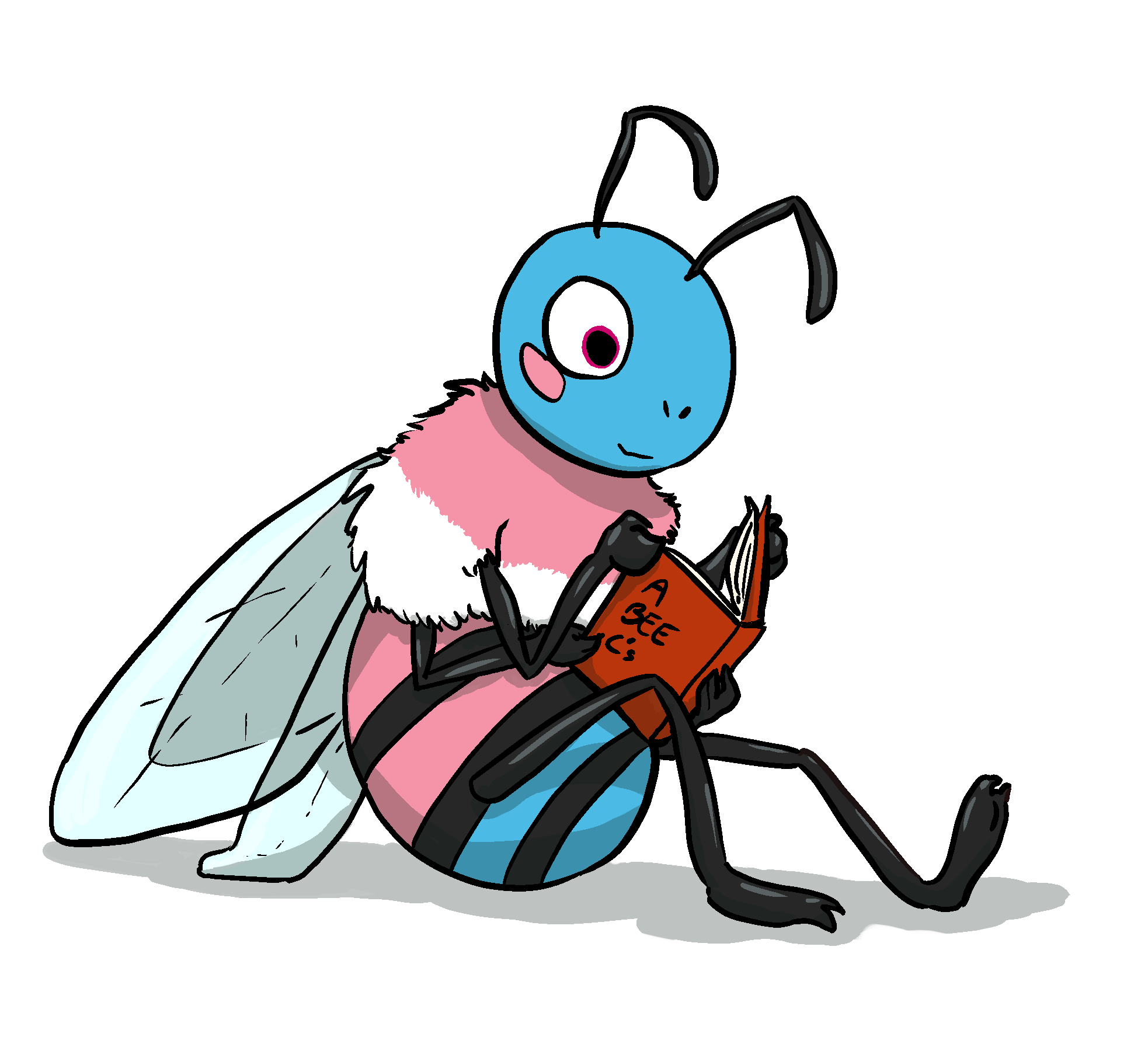 Research
Research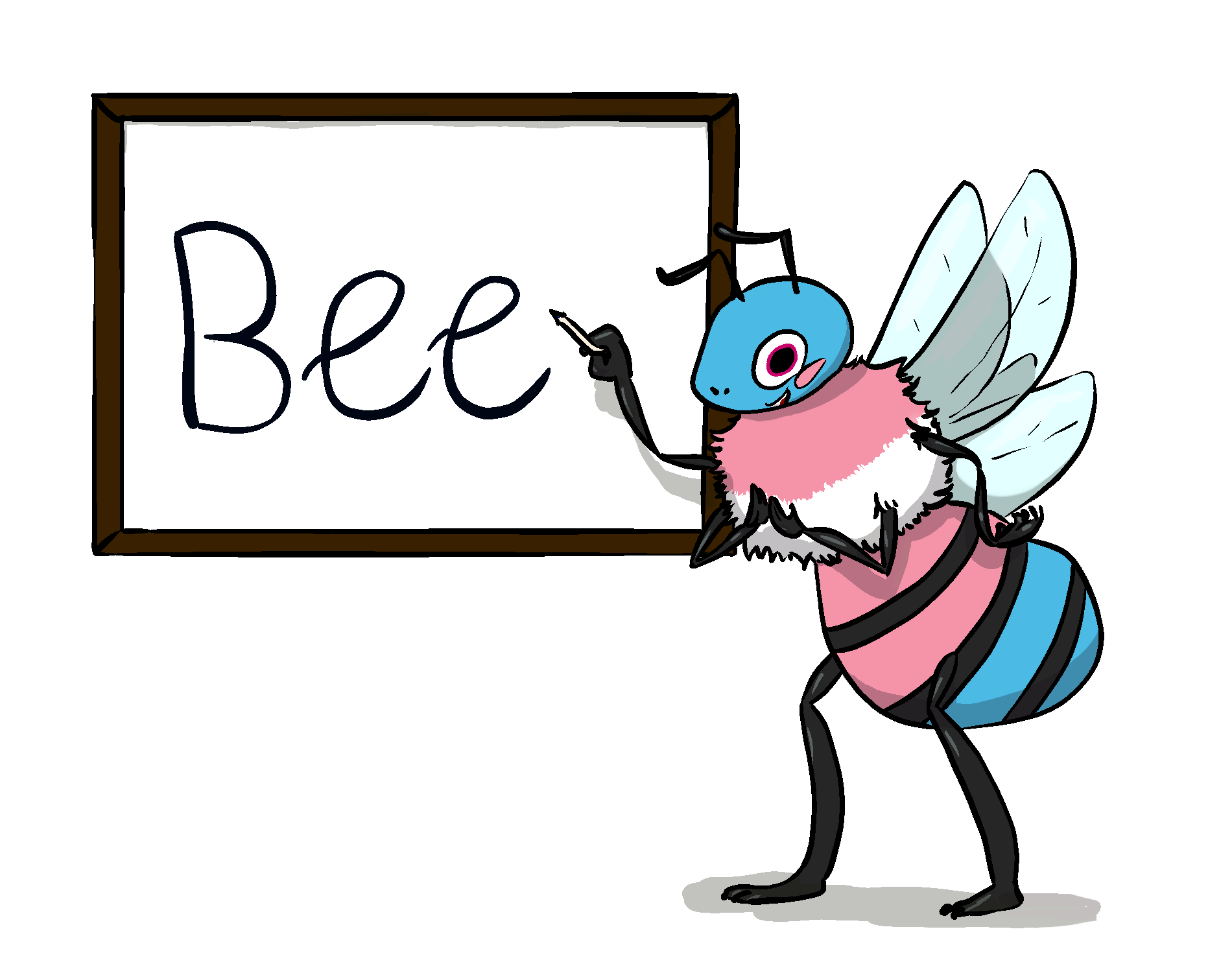
 Research
Research
As a prolific writer and popular speaker, Genny Beemyn draws from their decades of professional experience and research into the needs and experiences of transgender college students. While the results of that research may be found throughout Genny’s body of work, some of the most timely and relevant appear on this page.
To advance research on trans college students and further trans inclusion in higher education, Genny makes some of the findings from their research available to the public. Their findings may be quoted with appropriate attribution in educational settings and wherever fair use may apply. [Learn more about what constitutes “fair use.”]
2024 Common App Gender and Pronoun Data
As part of their ongoing research, Genny Beemyn analyzed Common App data for over one million college applicants for Fall 2024. Genny examined how the students’ gender identities and pronouns intersected with legal sex — including the first time “X” has been an option as a legal sex — as well as race, family background, pre-college experience, and other demographics.
2023 Common App Gender and Pronoun Data
Utilizing data from over one million students who applied for Fall 2023 college admission, Genny Beemyn analyzed the students’ gender identities and pronouns, along with intersections with legal sex, race, first-generation status, citizenship status, and more.
2022 Common App Gender and Pronoun Data
With exclusive access to information from the 2022 Common App, Genny Beemyn analyzed the data on prospective students’ gender identity and pronouns—and the intersections with racial identity—for those applying for Fall 2022 college admission.
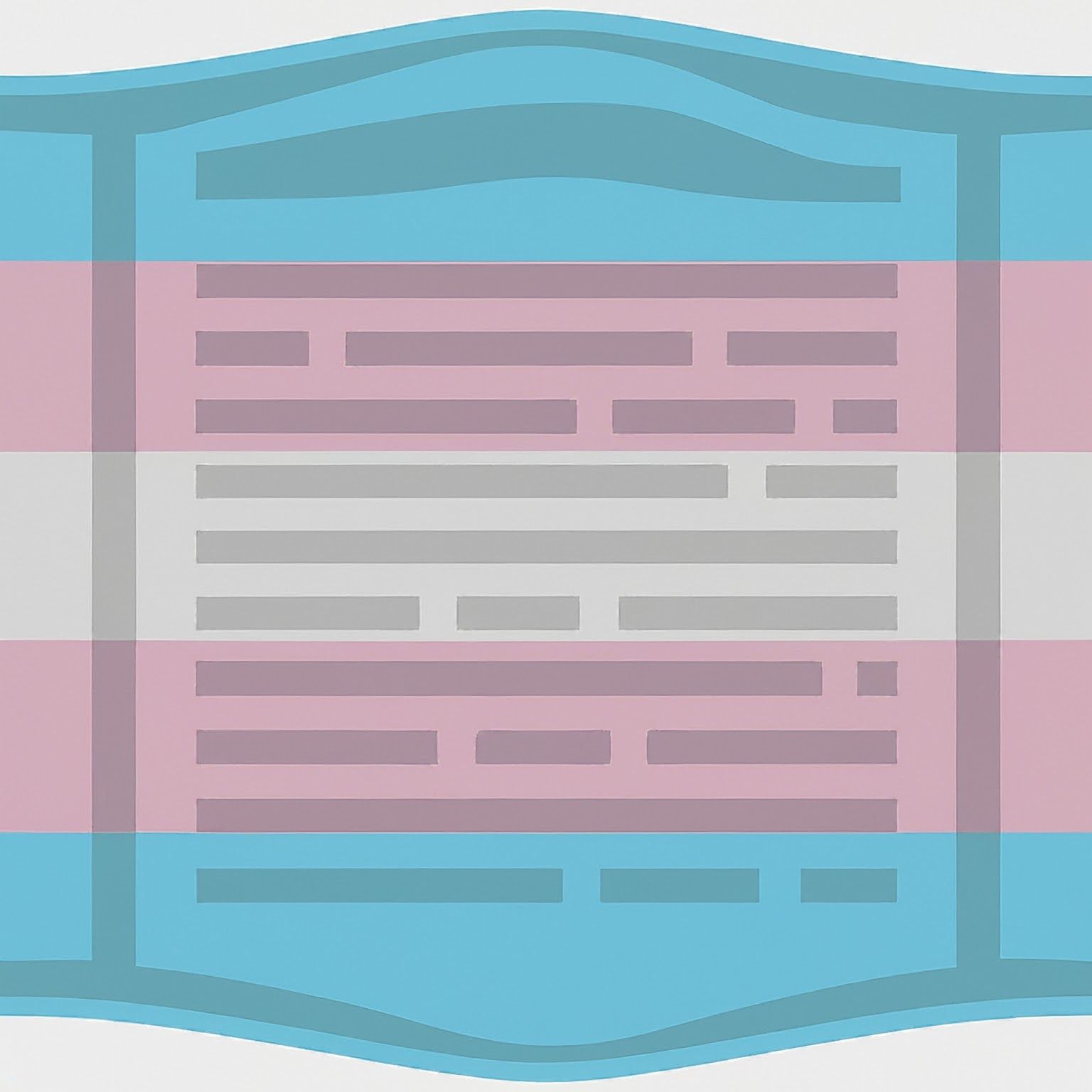
Trans Supportive Campus Policies
Genny Beemyn began tracking trans-supportive campus policies in 2004 for the Transgender Law and Policy Institute (TLPI). When the TLPI website was discontinued in 2013, Genny moved their data to the Campus Pride website and became their Trans Policy Clearinghouse Coordinator. Genny continues to make updates to this data on the Trans Policy Clearinghouse and on these pages.
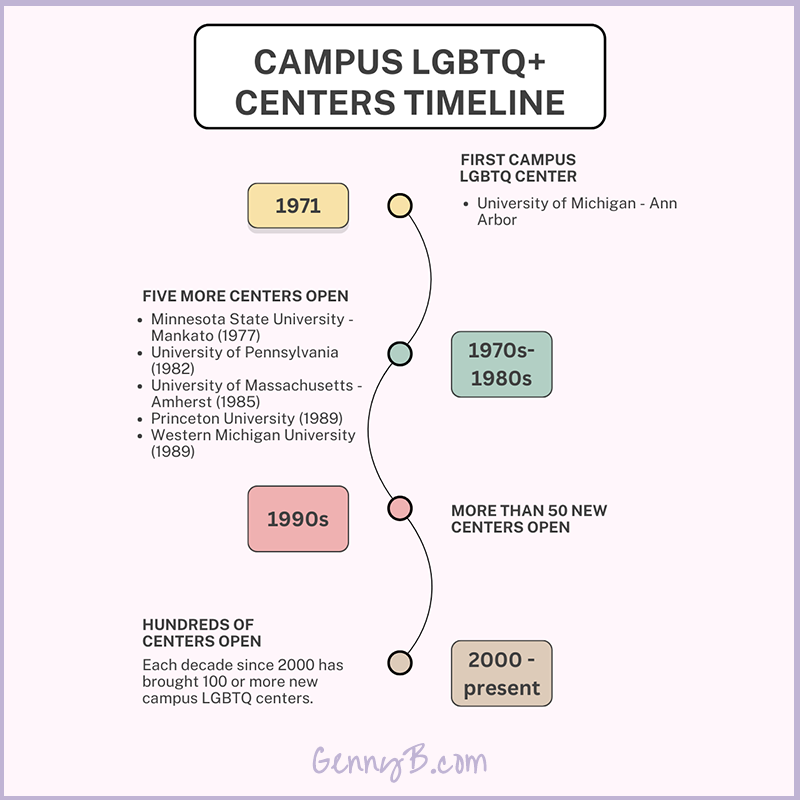
History of Campus LGBTQ+ Centers
Genny Beemyn contributed to and now maintains this timeline of LGBTQ+ centers on college campuses. The list was developed and updated until 2024 by Nancy Jean Tubbs of the University of California, Riverside.
